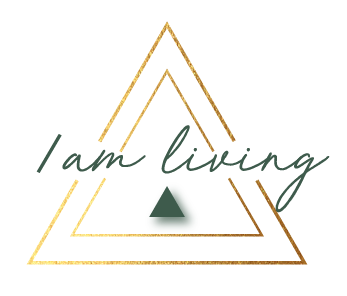Originally Published on Forbes.com
We've all been there. Deadlines looming, the to-do list stacked as high as your brand-new stand-up desk, with your kids, parents, and/or spouse hovering in the doorway, barging in on your train of thought, hijacking the few precious moments you set aside to eke out any productivity and meet that critical deadline.
Sound familiar?
Times are different than they were a year ago. There is no denying that. And wanting things to go "back to normal" isn't solving the problems: If anything, it is only creating a greater delta and divide between sanity and overwhelm.
So, in the midst of crazy, how do we keep from going insane? How do we ensure that we meet deadlines? And not just scratch them off the never-ending list, but strike through them with a proud internal smile?
The answer you seek is in the workings of the brain.
A few years back, through BeAbove Leadership with Ann Betz and Ursula Pottinger, I learned about the incredible nature of the stress curve. Developed and researched by Yale Professor Amy Arnsten, she likens our prefrontal cortex (the key part responsible for executive functions, such as critical thinking, reasoning, organization, and decision making) to Goldilocks. Just as Goldilocks needed her porridge to be "just right," our Prefrontal Cortex (PFC) requires everything to be "just right" for our neurons to communicate efficiently, enabling them to function optimally.
Essentially, the model states that our productivity is directly correlated to the amount of stress in our lives. Too little stress (and thus a shortage of hormones and chemicals) has us, or our Goldilocks PFC, feeling lethargic, with often hazy or cloudy minds, as though we are groping around in a fog. In those moments, we'd often rather sit down and wait for the haze to clear.
On the other end of the bell curve is too much stress (also stated as an abundance of chemicals), which has a similar impact, but can feel like a tornado with a myriad of moving parts. We don't know which to grab or what to attack first. Comparable to the "too little" scenario, "too much" results in a blurred mental state, without clear perception and seeing.
While many leaders feel we need stress to drive us forward, too much undermines our ability to think clearly and see the full picture, to make decisions that positively impact the now and the long-term. That is why leaders must strive to find and live in the "just right" spot of the curve. That's the sweet spot.
I've been spending time observing my own bell curve, aware that different times and circumstances also impact my access to that "just right sweet spot." And while there may be a general "sweet spot," it's further affected by how I sleep, how I eat, if I have gotten exercise, and so much more.
The good news: With enough awareness, we can make changes that can impact our brain's chemistry.
The awareness that chaos or boredom is just a temporary state of the brain is a critical first step. That awareness, seeing it and observing it, creates just enough distance to offer clarity and insight. At that moment, you are no longer the brain's chemicals gone awry, but a detached observer. That awareness, also known as mindfulness, is a critical asset.
This awareness now puts you in an empowered, action-oriented place: You are no longer held hostage by the chemicals in the brain. Next, you get to do something to create even more space: Take a few breaths.
The brain, which is 2% of our body weight, requires at least 20% of our oxygen. And according to Harvard studies, it demands 50% of our glucose energy to run. Your brain, which feeds on O2, gets energized and nourished by a few deep hits (more is better, but a few is a phenomenal start). Those breaths also shut down the sympathetic nervous system, largely responsible for that chemical flood.
Finally, after those few deep breaths — or better yet, ten minutes outside to physically distance yourself and get perspective — you choose a new action.
When it comes to overwhelm, a new perspective and distance can be enough to move forward. At the same time, they enable you to find creative ways to delegate, manage, or set parameters that slow the deluge of chemicals.
When you are taken or held hostage by the overwhelm of chemicals, it can feel as though there is not a second, nor space, for a few breaths, let alone ten minutes. However, I promise, the proverbial doorways and new pathways those breaths enable, the opportunities they create, and the shifts they catalyze are far more effective, productive, and fruitful than the alternative. Slogging forward, shutting down, or yelling at the figures looming in your doorway are the least effective approaches.
Leadership is not exclusive to the company listed on your LinkedIn profile or your direct reports. Your children, loved ones, neighbors, and friends watch, mimic, and respond to your actions and energy. Leadership is how we choose to live, respond to, learn from, and lead our lives at every and any moment. And as you take those moments to manage and find your "sweet spot," others will learn to do the same. That is leadership.

